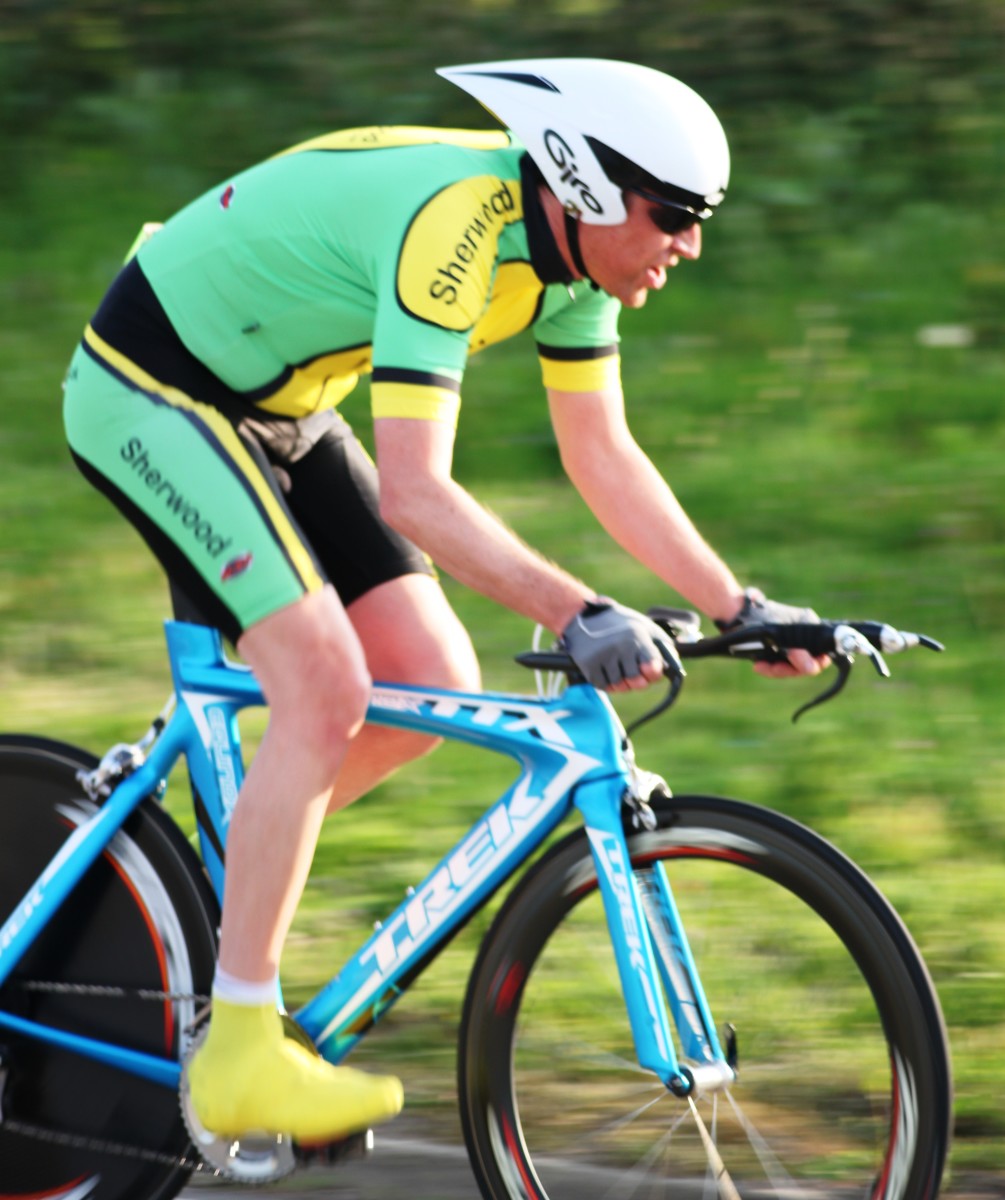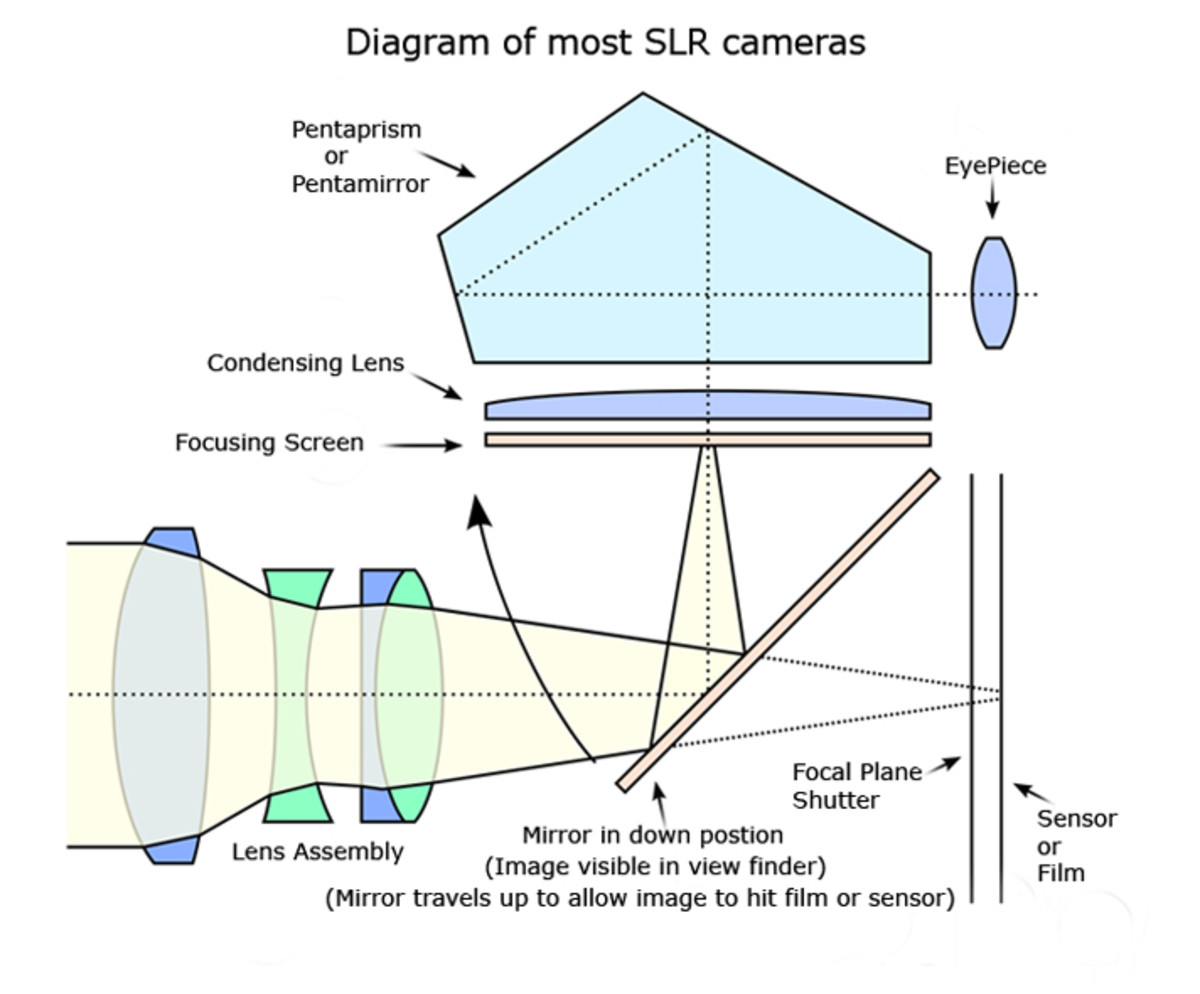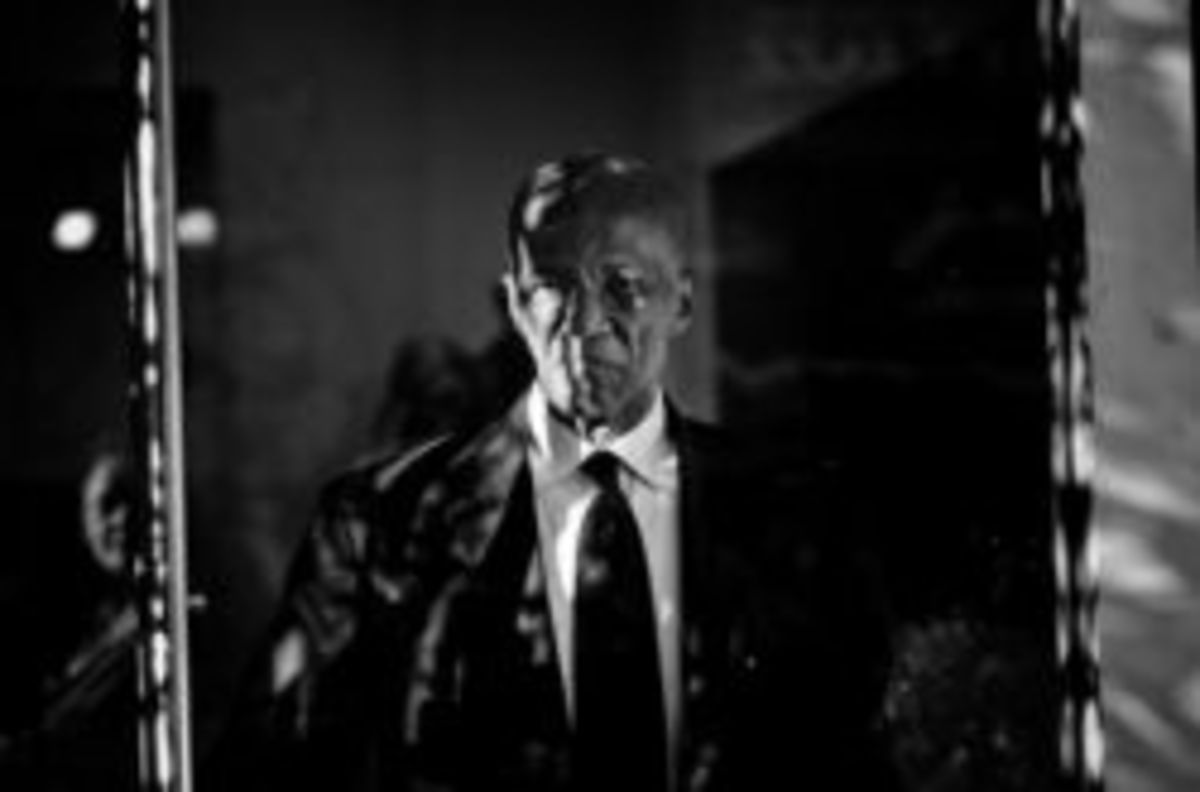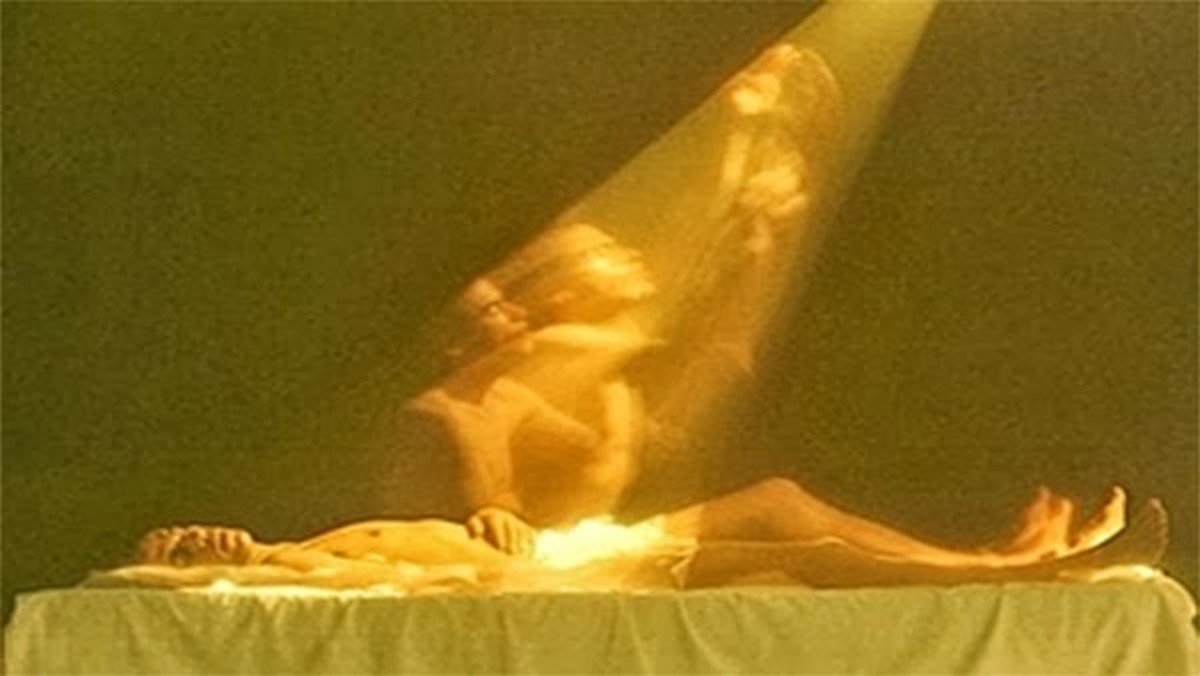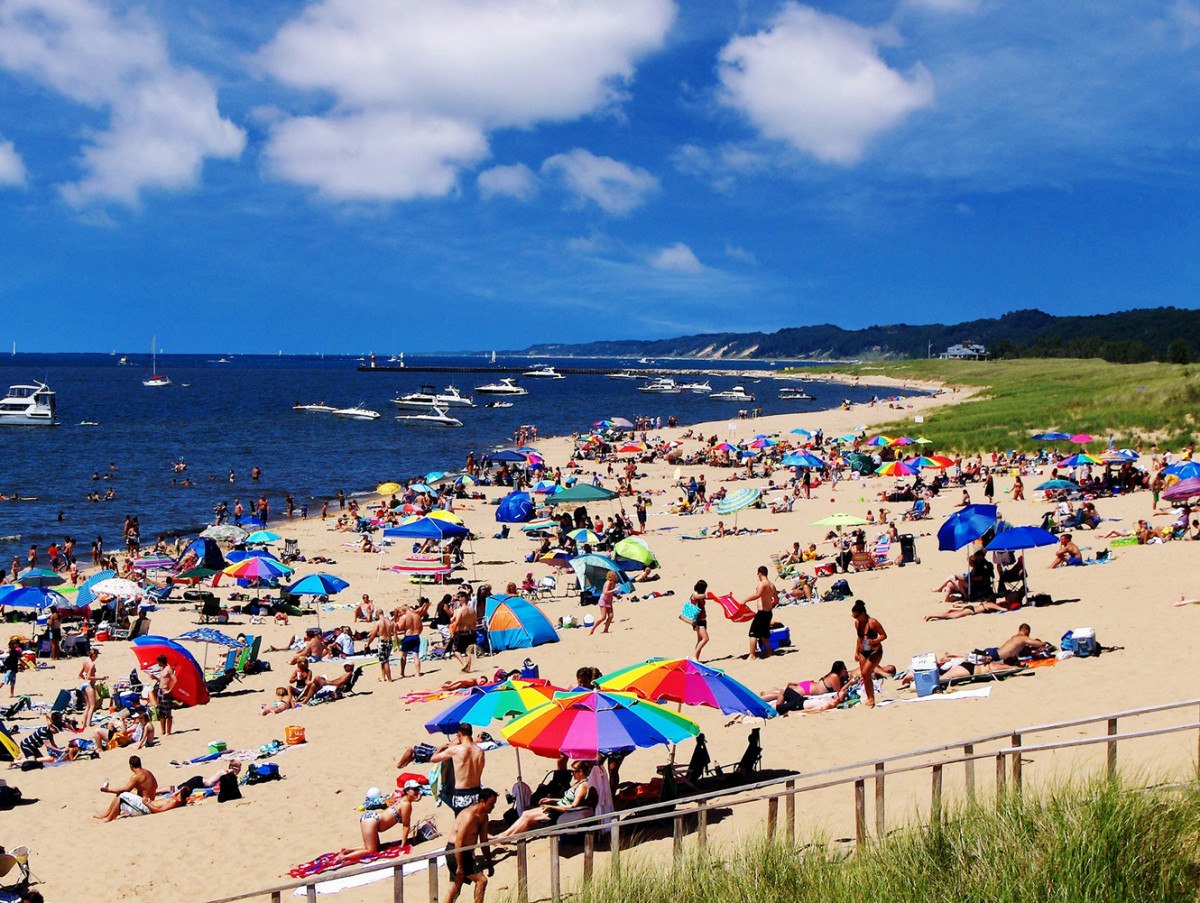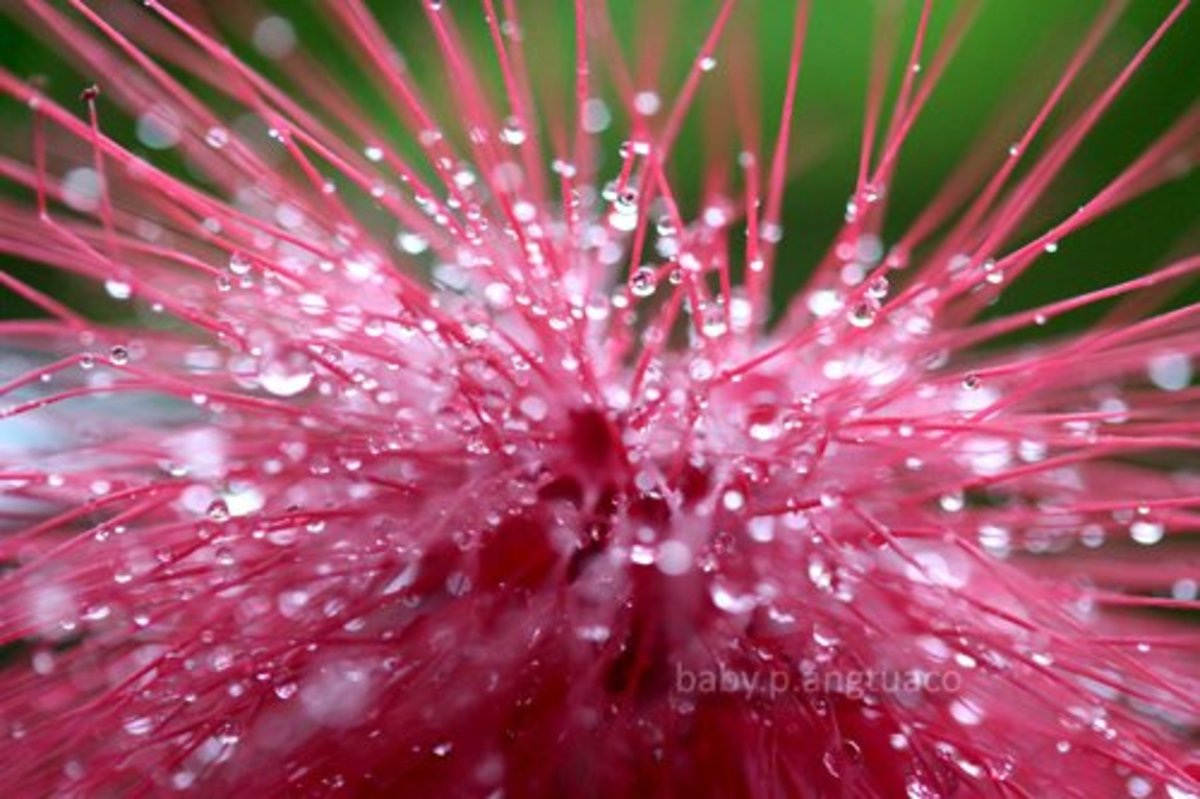Practical Photography Skills

Practical tips for better digital photos
The first thing you should do after buying your first DSLR is read the manual! Yes, I know it sounds like the obvious thing to do, but many people just don't take the time to read manuals. DSLRs however, are quite complex instruments and the only way to understand how they work and what the functions of your specific model are and how to use the different settings and menu options, is to read the manual. In some cases however, especially if you are a complete newbie to DSLR photography, the manual can be very confusing. A good option is to get a companion for your specific camera model. As I found out when I bought my Nikon D90, companions are generally friendlier than manuals, written in plain english and most importantly, apart from explaining your camera to you in a way that is easy to understand, they will also tell you exactly what to do in order to shoot great photos with your camera, not just any DSLR.
The next thing to do if you are a beginner to digital SLR photography is to find and read a good, comprehensive begginner's guide to DSLR photography. Here, you will learn important things about DSLR cameras and DSLR photography, such as:
- How to hold your camera for really sharp pictures
- How to compose great looking pictures
- How to focus in a variety of situations
- How to understand light and how to control it through shutter speed and aperture settings
- How and when to use flash (and when not to)
- How to use ISO
- How to capture movement in your pictures
- How to shoot portraits, animals, sports, landscapes, flowers
- How to control exposure
- How to avoid mistakes that will ruin a picture or necessitate long hours of editing afterwards
Photo credit: postbit
Hands On!
This page is in no way intended as a substitute for a good beginners' guide to digital SLR photography. So, assuming that you have done, or are in the process of doing what I have just suggested to you, i.e. reading your camera's manual, getting a good companion and finding a comprehensive guide to DSLR photography, here are some of my favorite tips for great pictures
Tips for sharp, well focused pictures
- Hold your camera with your arms at the side of your body, elbows tightly tucked in
- Do not try to control camera shake by holding your breath when pressing the shutter button. Instead, exhale slowly while pressing the button.
- Use a tripod whenever possible or lean on something, or position your camera on something (e.g. a wall, window sill) in order to steady it.
- Use the best natural light available.
- Avoid increasing your ISO, even in dim light. Try using a tripod and lower shutter speed instead.

Camera kits and accessories - Most useful kits and accessories for DSLRs

Shoot tight
Especially when shooting portraits, try to get as close to your subject as possible. Don't be afraid to crop off the top or bottom (or ears!) of a person's head. It makes the picture more focused and interesting.

Use unusual angles
Don't get into the habbit of sooting everything standing up or sitting down. Shooting from a higher or lower point in relation to your subject, gives you a more interesting angle and makes your picture look less ordinary. Especially when shooting children or animals, it is best to get on the same eye-level, even if it means kneling or lying down flat. The same applies when shooting flowers.
Photo credit: gypsychics photography
DSLR top lenses - One of the great joys of owning a DSLR is changing lenses!




Itching to try something different but short of money?
Feeling like you want to experiment with macro photography but can't afford an expensive macro lens? Use a screw-on close-up lense instead. These lenses are quite cheap, small and light and they screw on at the end of your normal zoom lens. Although you may not get exactly the same results as you would with a true macro lens, they are a very good substitute and if you decide you really want to pursue this kind of photography further, you can always buy a real macro lens later on.
Photo credit: encyclopedia.com

DSLR lens filters - Filters can make a world of difference to your digital pictures

Or maybe you can afford a real macro lens? - Then by all means buy yourself a top rated macro lens

Shooting moving water
How do you capture the movement of water in your picture? Depending on wether you want to freeze movement, e.g. capture flying wave droplets of surf spray in mid-air, or are after the silky feeling of moving water, e.g a waterfall, either use a very fast shutter speed, or a really slow one (one or two seconds). In the latter case, you will want to shoot in low light and use a tripod.
Photo credit: publicdomainpictures.net
Shooting sports
Use shutter priority and fast shutter speed with continuous drive. Hopefully, one of the multiple action pictures taken, will be a winner.
© 2011 Aquamarine18




